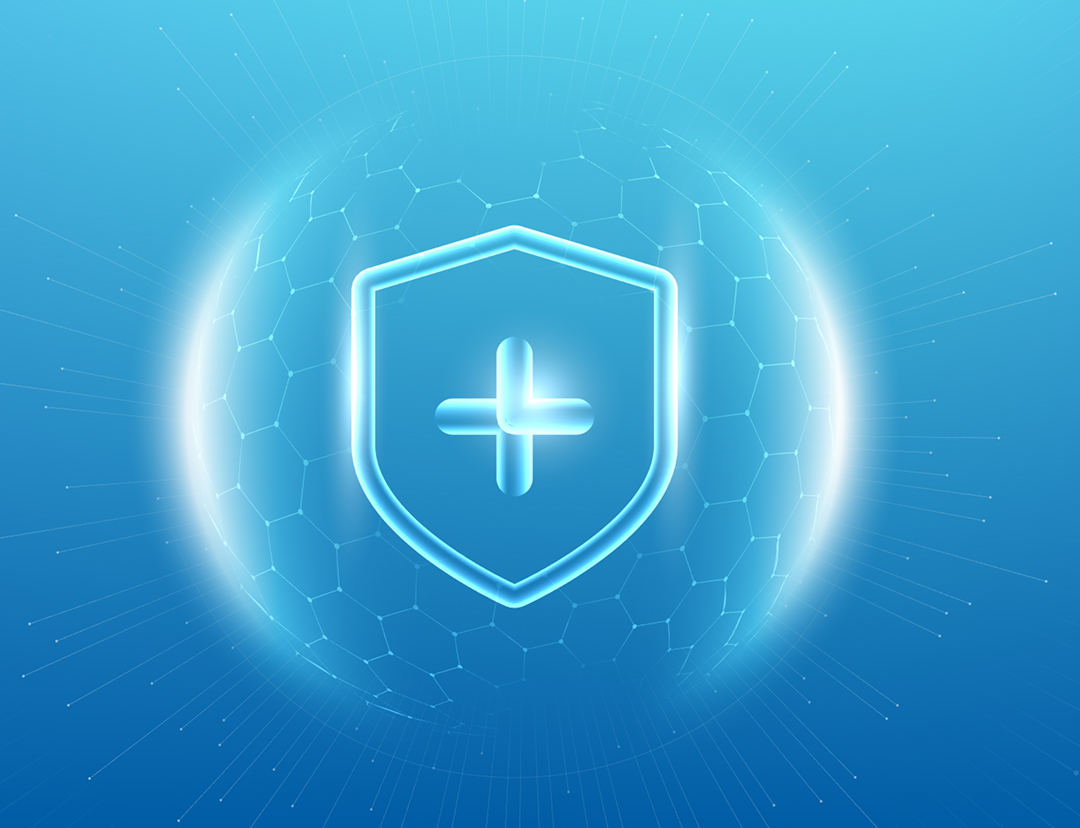A 60-year-old man ended up in the emergency room after seeking advice from ChatGPT on how to replace table salt. His decision to substitute salt led to hallucinations and other serious symptoms. This incident is detailed in a case report published in the Annals of Internal Medicine by three doctors from the University of Washington in Seattle.
The patient initially sought help at an emergency room, fearing that his neighbor was poisoning him. Within 24 hours of his admission, he experienced increased paranoia and visual and auditory hallucinations, which resulted in an involuntary psychiatric admission.
After his symptoms were stabilized, the man, who had previously studied nutrition, explained that he had been researching the health risks associated with sodium chloride, commonly known as table salt. Instead of simply reducing sodium intake, he aimed to eliminate chloride from his diet entirely. He consulted ChatGPT for alternatives to chloride in table salt, which suggested sodium bromide.
Sodium bromide, resembling table salt, is used in water treatment, as an anticonvulsant for animals, and in film photography. The case study authors noted that the man replaced sodium chloride with sodium bromide for three months, having obtained the substance online. They emphasized that bromide is not safe for ingestion.
The authors expressed uncertainty about whether ChatGPT provided any warnings regarding the use of sodium bromide. They stated, "Unfortunately, we do not have access to his ChatGPT conversation log and we will never be able to know with certainty what exactly the output he received was."
The patient followed a restrictive diet that affected his micronutrient levels, including vitamin C and B12. He was also concerned about the quality of the distilled water he consumed. After thorough testing, medical staff monitored his electrolytes and treated him for three weeks. His symptoms, including hallucinations, fatigue, and insomnia, led doctors to diagnose him with bromism, a condition caused by excessive sodium bromide intake.
Normal bromide levels range from 0.9 to 7.3 mg/L, but the patient’s levels were recorded at 1,700 mg/L. The case of bromism has become less common since the FDA banned bromide in the 1980s, where it was previously used to treat insomnia and anxiety. However, bromism has resurfaced due to the presence of bromide in some unregulated dietary supplements and cough medicines.
The authors of the case study cautioned that while bromism cases may be rare, it is important to recognize it as a reversible cause of new psychiatric and neurological symptoms. They noted that the availability of bromide-containing substances on the internet poses a risk.
The doctors highlighted the potential of AI tools to bridge the gap between scientific knowledge and the public but warned of the dangers of misinformation. They stated, "As the use of AI tools increases, providers will need to consider this when screening for where their patients are consuming health information."
In response to this incident, OpenAI, the creator of ChatGPT, reiterated that their AI is not intended for medical advice. They emphasized that users should consult health professionals for medical conditions and that safety measures are in place to reduce risks associated with health-related inquiries.

 Canada News
Canada News

 Seaforth Huron Expositor
Seaforth Huron Expositor National Post
National Post County Weekly News
County Weekly News Canadian Occupational Safety
Canadian Occupational Safety E Online
E Online Tofino-Ucluelet Westerly News
Tofino-Ucluelet Westerly News Newsweek Top
Newsweek Top New York Post Opinion
New York Post Opinion 5 On Your Side Sports
5 On Your Side Sports Blaze Media
Blaze Media Raw Story
Raw Story Sweetwater Now
Sweetwater Now